Crop Report
West-Central Illinois Field Report
The past month and a half has been an interesting one.
Just before August, expectations for overall corn and soybean yield ran high—only to be dashed by a rather dry and exceptionally hot several-week period.
The crop rapidly went from feeling like it was cruising toward excellence to seeming as though it just wanted 2025 to be “over and done with.”
Recent soybean conversations have emphasized the lack of four-bean pods and a proliferation of two-bean pods—an unsettling observation that has increased fear beans will miss the mark for ’25.
Corn acres had a very similar look and feel for much of the past month, with a growing sentiment that warm nights shaved the top end off.
The earliest planted, shorter-maturity fields have begun to come off, with a few observations hinting at a likely overall theme.
First, in corn, this was a fungicide-response year. Twenty- to thirty-bushel yield benefits from applied foliar fungicide (versus no fungicide) are already being reported.
Second, southern rust will be a big story going into the winter of ’25/’26. Not only was it a major foliar disease in west-central Illinois, it also pushed north in stunning ways. Growers as far north as Madison, WI, will suffer rust yield losses this season. The experience strongly indicates that, more seasons than not, corn will be plagued by some kind of foliar fungal disease.
Third, soybean moistures are already hitting the single digits in some areas. This will cost weight—and slash income—at the elevator, but it also hints at another year of industry-wide seed quality issues. Soybean coats become too delicate at such moisture levels.
Finally, the 2025 season made for a very unusual Red Crown Rot story. Symptom development in historically RCR-prone areas was delayed and/or less extensive. New areas to the east of major RCR epicenters were much more problematic. Researchers and agronomists will spend much of the winter speculating why RCR played out the way it did.
Harvest has officially begun in Logan County, with some corn fields being harvested earlier this week. A lack of significant rainfall, combined with the high daily temperatures over the last couple of days, has pushed plants toward harvest. Some corn and soybean fields are still too green, so it remains to be seen how the forecasted high temperatures over the weekend will impact their readiness.
Harvest is on the horizon, and maturity and dry down will likely be expedited with the return of forecasted warmer temperatures. Looking back 150–170 days and evaluating the current growing season, most crop stressors were environmental (dry or drought conditions) or related to plant disease (primarily in the corn crop). Recent field surveys suggest higher yields in fields that received isolated or intermittent rainfall or had soils with greater water-holding capacity. Soon, combines will be rolling, and the true impact of the growing season’s challenges will be known. We encourage everyone to prepare for a safe harvest season.
All of my three-county area is in some form of drought, with part of it in “D2, Severe Drought.” Crops are maturing rapidly. Due to environmental stress and drought, corn is showing top die-back and firing leaves up to or near the ear. Soybean fields are quickly maturing, with the upper node or nodes of pods having two seeds instead of three.
With only about an inch of rain over the past 30 days from a single event, the crop is drying down quickly in Northern Champaign County. Corn fields surveyed were generally at R6, or “black layer,” but are still a little way from harvestable. Most fields are still showing green leaf tissue above the ear leaf, but senescence will likely progress quickly with warmer weather in the forecast and minimal chances for rain at this time. Harvest operations were taking place in a couple of seed corn fields I drove by, but I didn’t see any combines rolling in production fields quite yet. Some soybean fields are at R8, or “full maturity,” and will likely be ready for harvest any day now, while others are still in the late R6, or “full seed,” stage—still green throughout much of the canopy. The couple of double-crop soybean fields I visited were at R5, or “beginning seed,” but may struggle to fill pods with the lack of available soil moisture.
Over the past few weeks, weather conditions have been fairly dry—so much so that many were hopeful for a shower or two to help finish grain fill. Thankfully, our territory caught a few nice rains, ranging from ¼ inch to 1 inch. Temperatures went from unbearably hot to super comfortable and fall-like, which has been a blessing after a long, abnormally warm spell.
In my opinion, as I’ve revisited corn fields after pollination, the ears have filled very nicely, leaving me anxious for harvest to begin. Last week, most of our cattle producers who chop silage put theirs up. A few growers have also started harvesting their early-maturing varieties, like 106–108-day corn, with moistures as low as 24–25%. Many of the hand-shelled moisture tests I’ve taken have been in the 28–36% range, so we may be a week or so away from broader harvest. I anticipate many more starting next week for sure.
As for soybeans, they are starting to change—and seem to change by the day. Early last week, we flew on the majority of our cover crop mixes that will be used for grazing this fall and into the spring. More planes will be rolling tomorrow, spreading rye and radish mixes over corn going to soybeans.

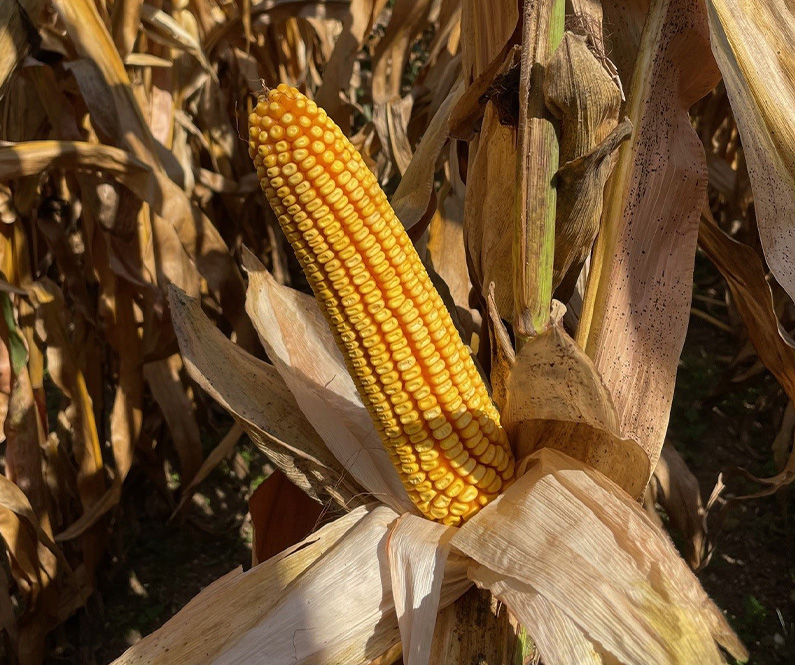
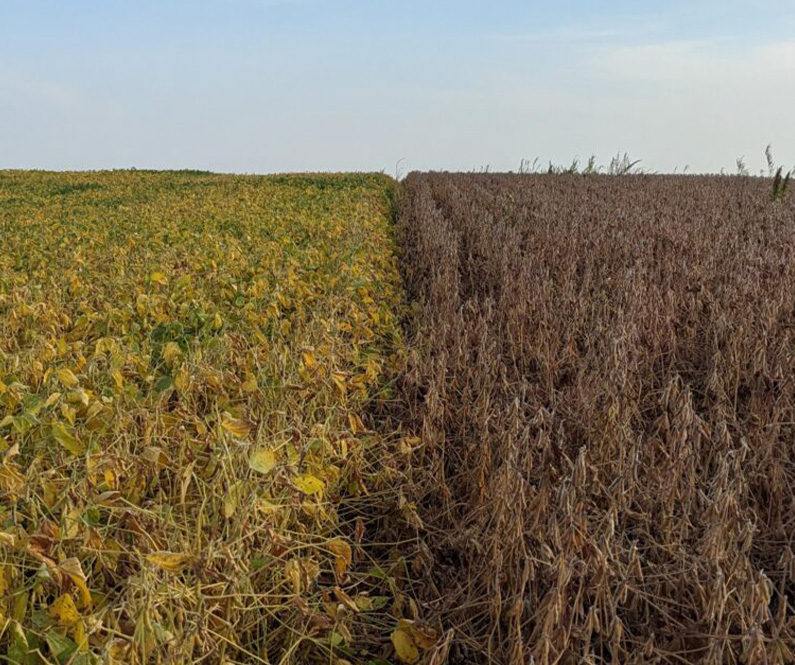
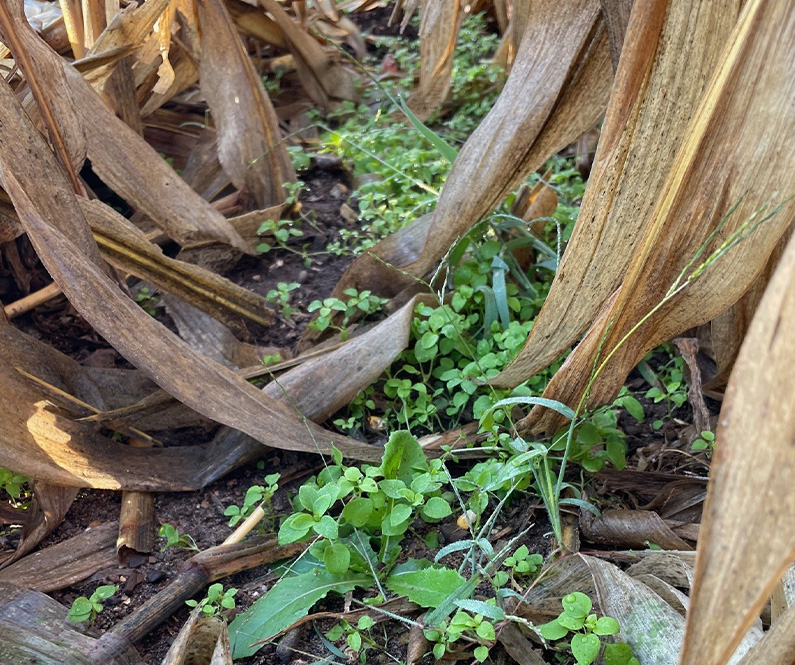
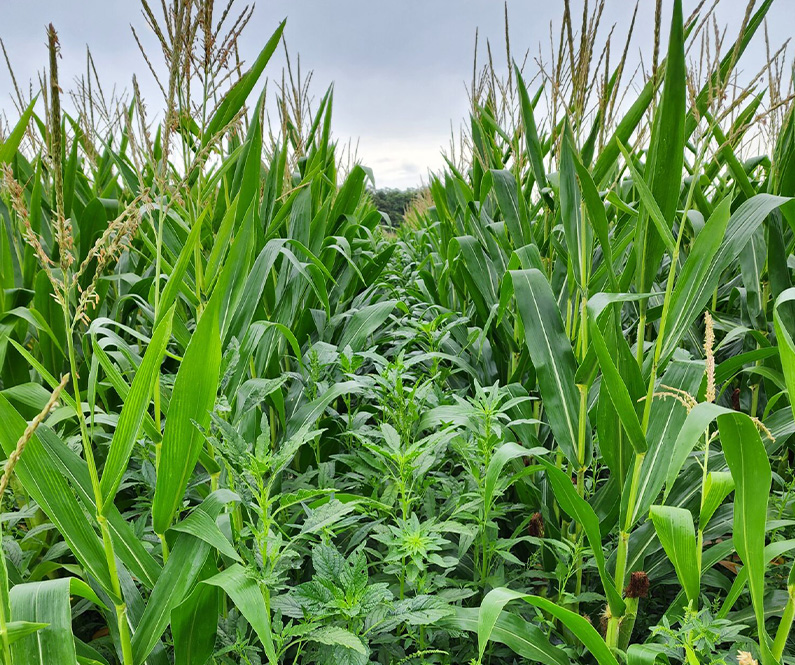
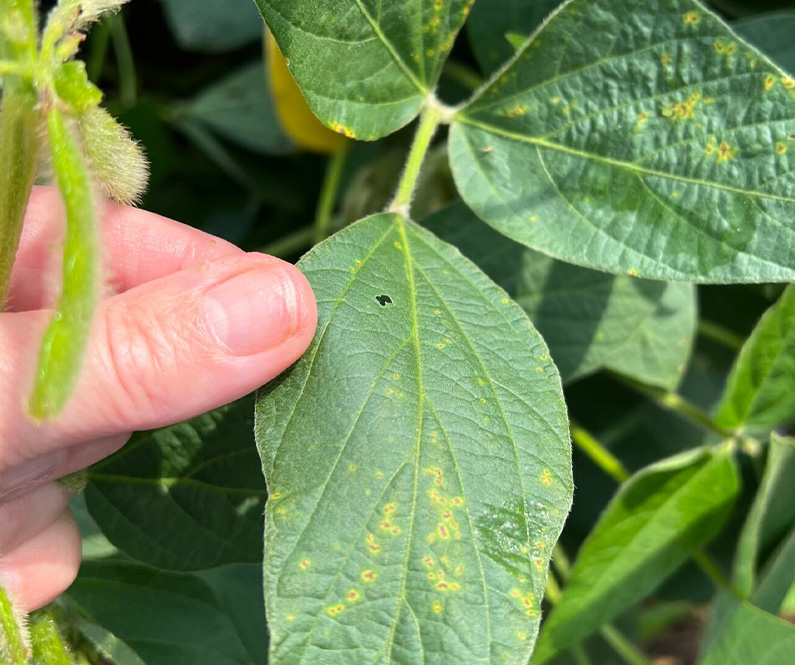
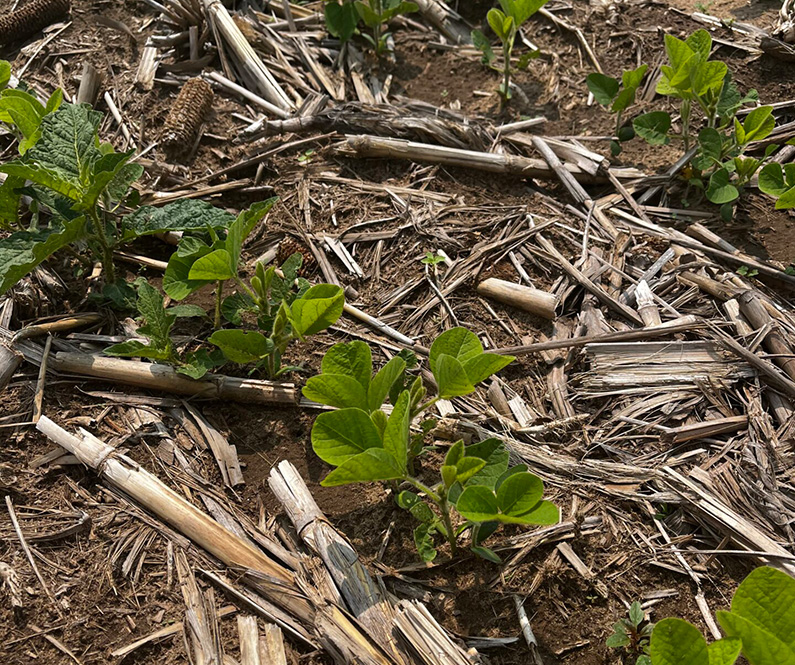
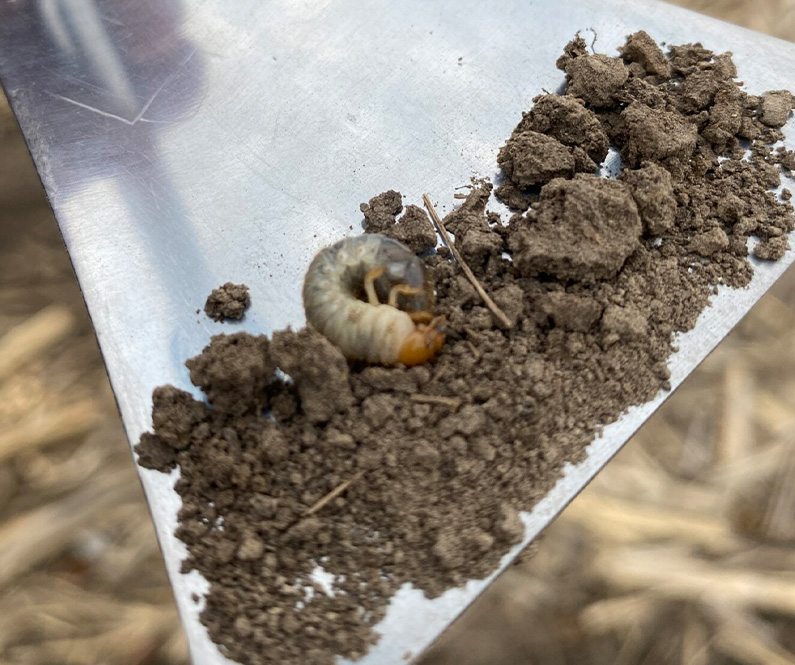
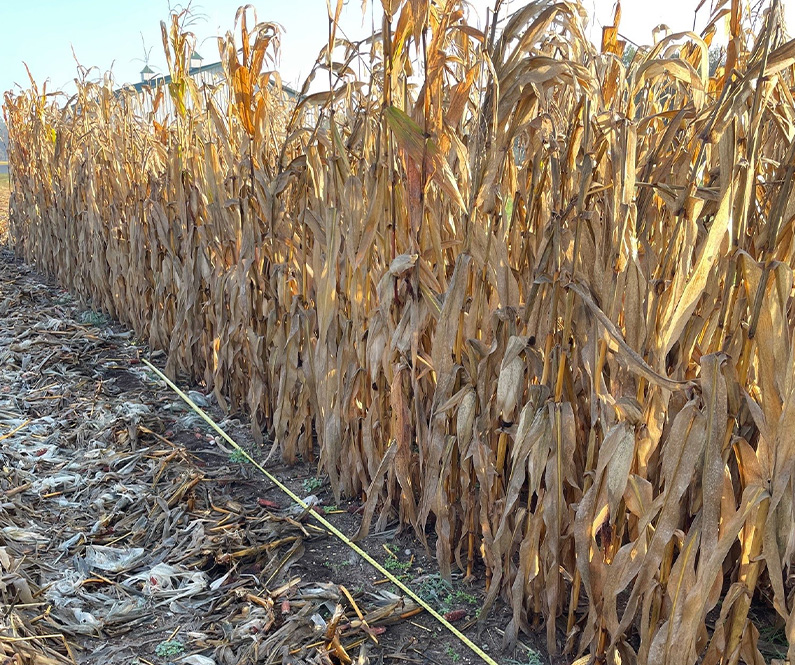
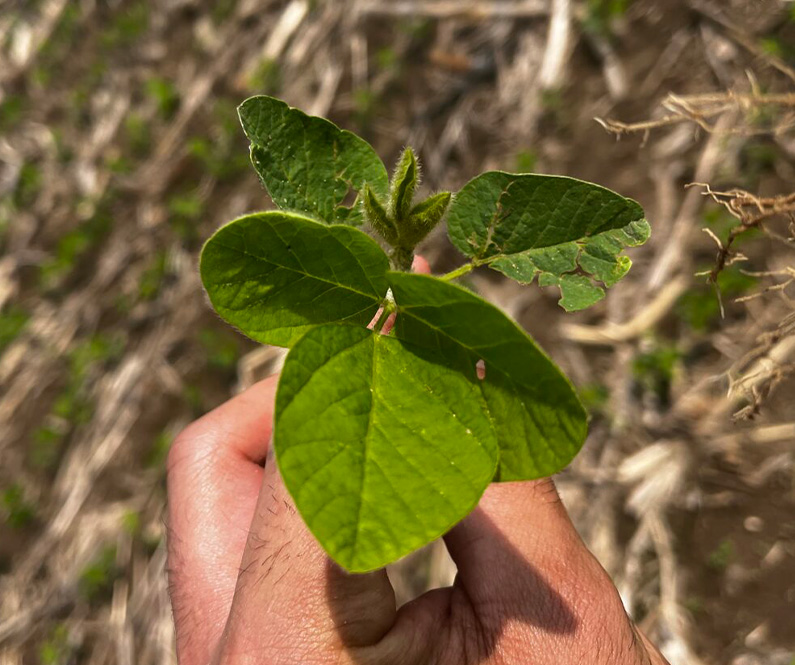
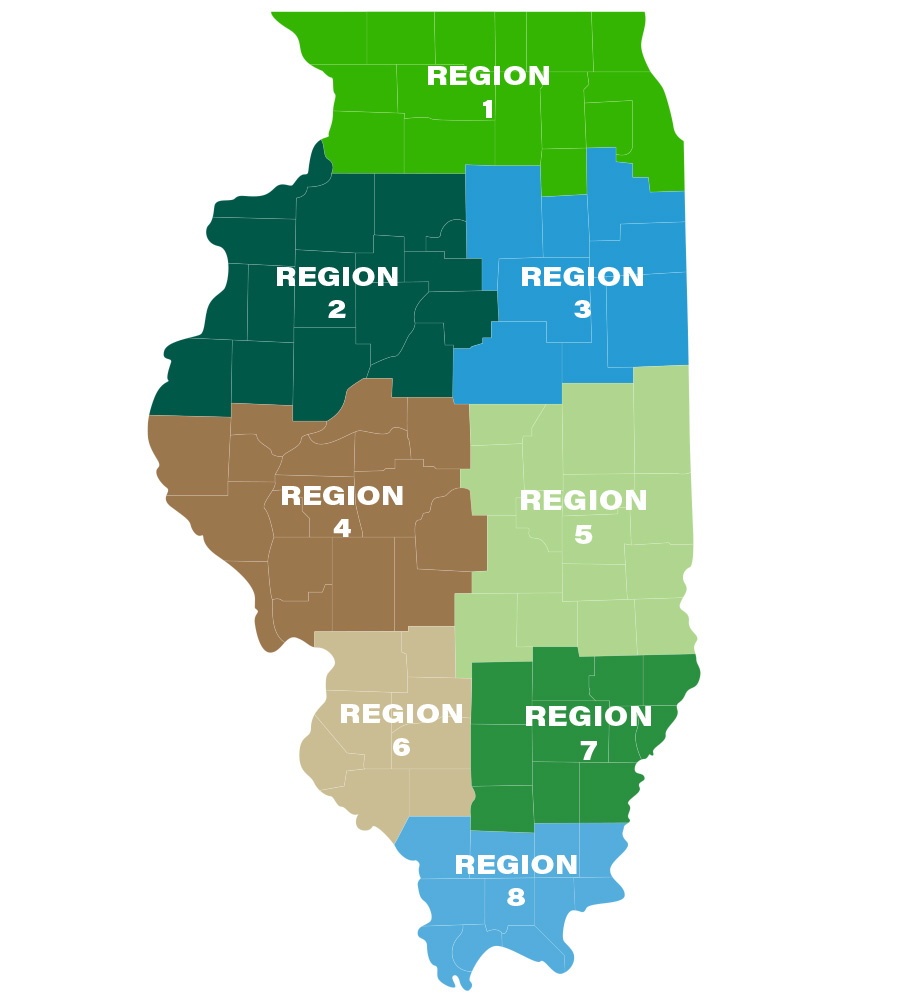

 and then
and then